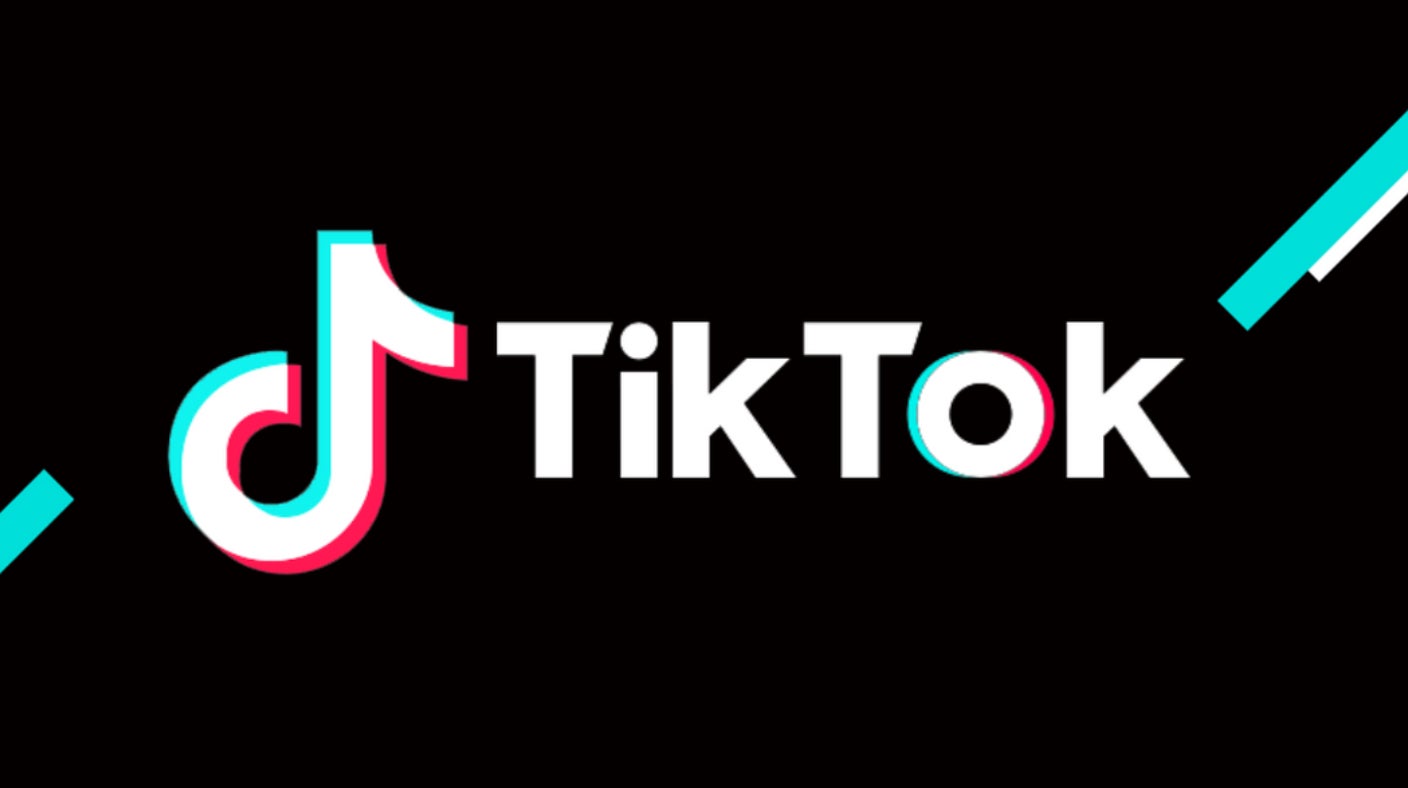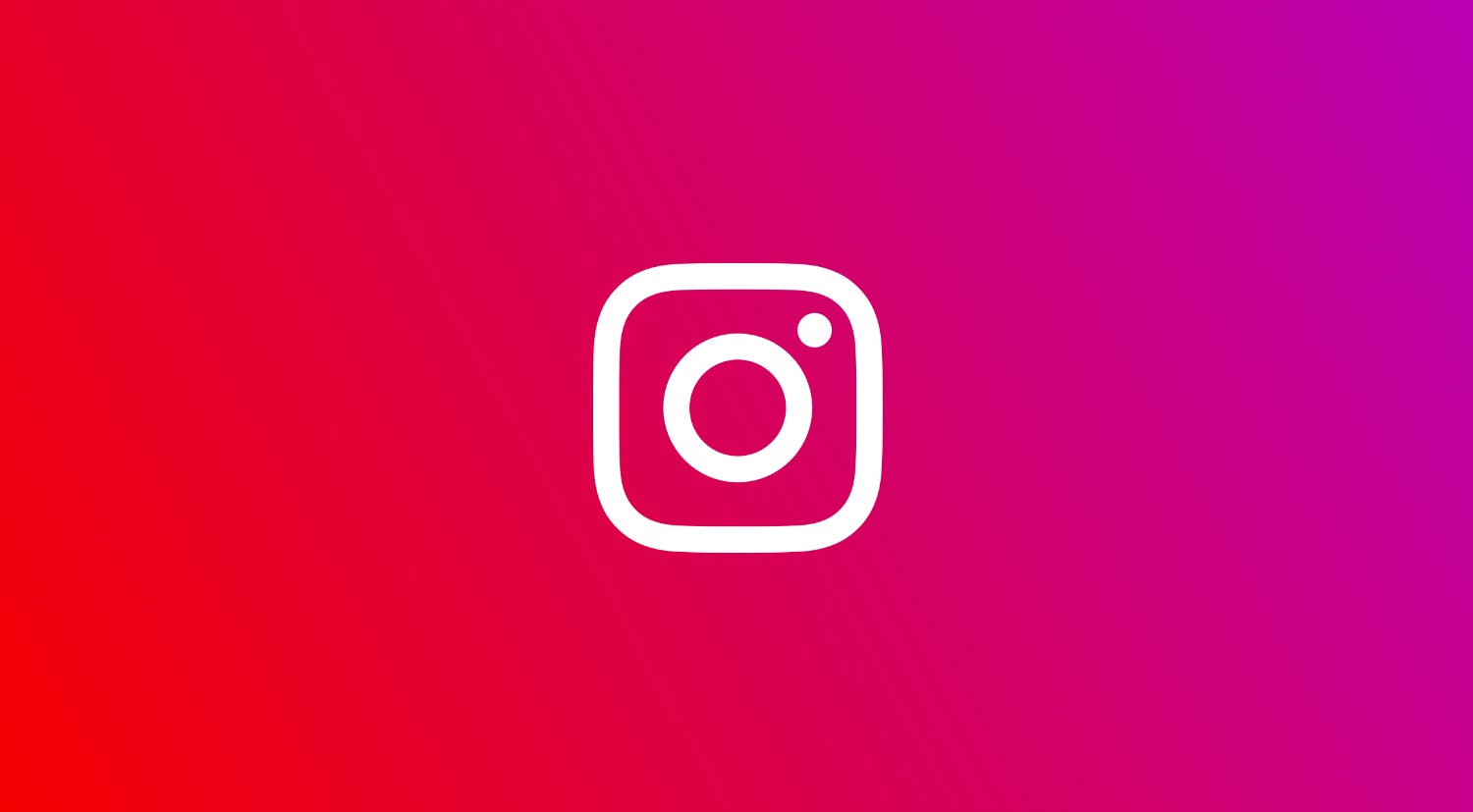Instagram vs Tik Tok: What’s the difference?
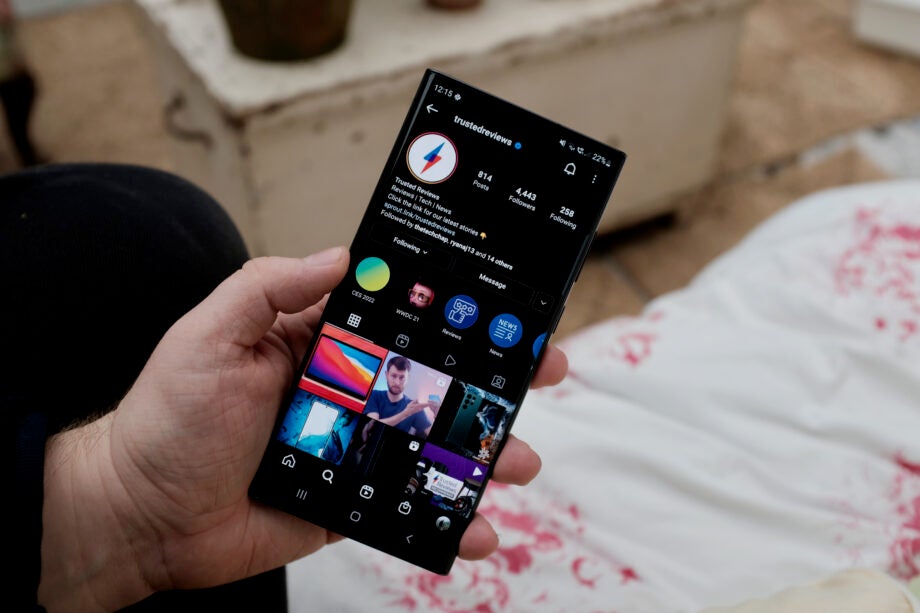
Instagram and TikTok are two social media apps that have skyrocketed in popularity over the last decade. But, what’s the difference?
While in the past, the answer might have been a simple “Instagram is a photo-sharing app and TikTok is a video-sharing app”, the lines have blurred over recent years. TikTok has shot to the top of the app store, beating out Instagram as the number one downloaded app in 2021, and Instagram has, in turn, pivoted its strategy to focus more on short-form videos.
Here’s everything you need to know about the two apps, including when they launched, who they’re aimed at, who owns them and whether you should be concerned about your security.
When did Instagram and TikTok launch?
When it comes to their launch dates, Instagram is definitely the longer-standing app of the two.
The app originally launched in October 2010, meaning it’ll be entering its teens in 2023. It wasn’t long before Instagram joined Meta (then Facebook) in 2012 when the social media giant bought the photo-sharing app for $1 billion.
TikTok has a slightly more complicated history, but is still the younger of the two apps.
Chinese tech company ByteDance launched the video-sharing app A.me in 2016. That app was later rebranded to Douyin, a name that is still used in China today. ByteDance expanded the app into the international markets under the name TikTok just one year later, but it wasn’t until TikTok merged with lip-syncing app Musical.ly in 2018 that the app really began to blow up in the US and UK.
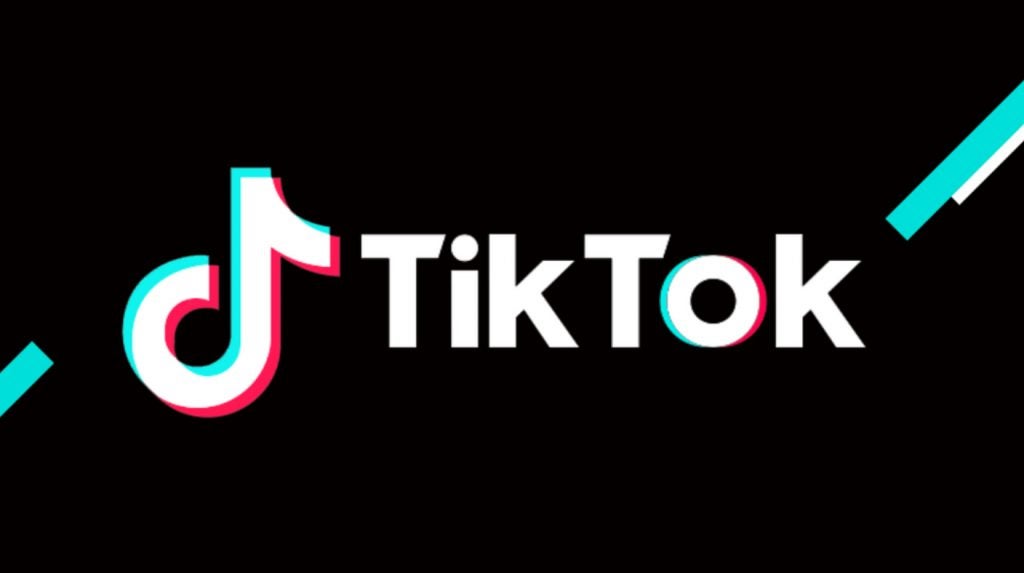
Who are they for?
Both Instagram and TikTok are aimed at people of all ages, but research suggests that TikTok attracts a younger demographic compared to Instagram.
According to a blog post by Sprout, Instagram has two billion monthly active users, with its largest age group (31.2%) being users between the ages of 25 to 34 and a further 31% between the ages of 18 to 24. This means that two-thirds of Instagram’s user base are adults between the ages of 18 and 34.
TikTok, meanwhile, has one billion monthly active users but its largest age group is teenagers between the ages of 10 to 19, with this age group making up 25% of users.
Both apps have also been pushing for more creators over the years, introducing incentives like Instagram Bonus programmes and the TikTok Creator Fund to draw in more video makers, artists and influencers.
Who owns them?
While both Instagram and TikTok are incredibly popular, their parent companies have both had their fair share of scandals.
Instagram is owned by Meta, the American tech giant that also owns Facebook and WhatsApp to name a few of its services.
Meta took a huge hit to its reputation after it was revealed that consulting firm Cambridge Analytica had collected Facebook user data to use in political advertising.
TikTok, meanwhile, was founded by ByteDance, a Chinese tech company that owns Douyin and video editing app CapCut.
The company has been accused of working with the Chinese Communist Party to censor content on the app and the Trump administration announced plans to ban the app in the US in 2020 due to fears over security. However, the ban was ultimately revoked by Biden in 2021.
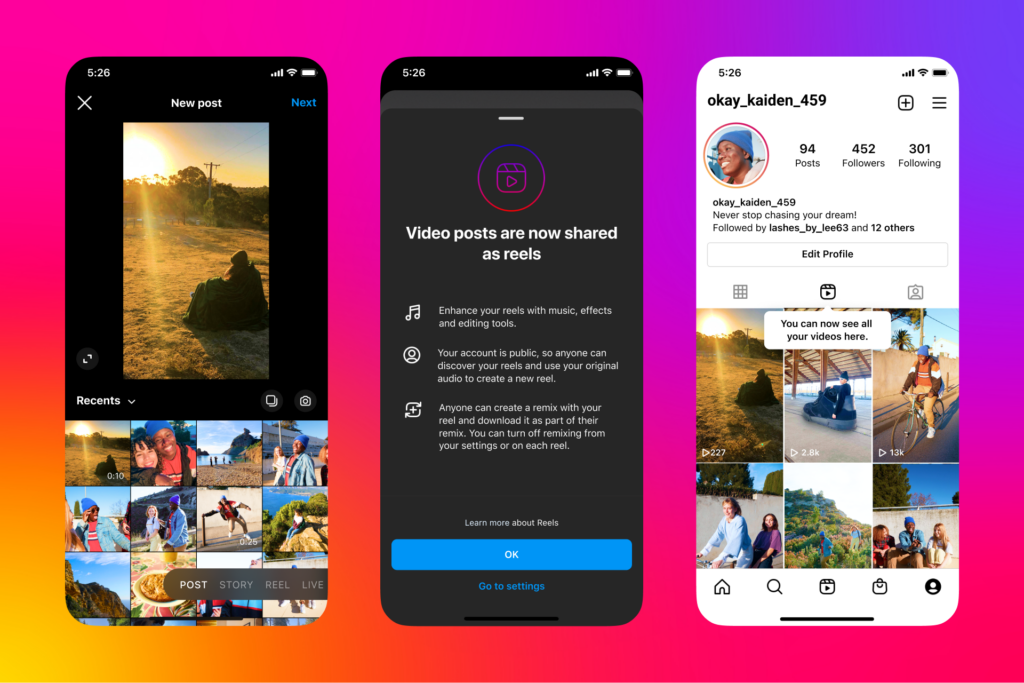
Are Instagram and TikTok secure?
So, are Instagram and TikTok actually safe to use? We asked security experts all the important questions regarding the apps and how they handle your data in 2021.
You can read our full guides by visiting ‘Is Instagram safe?’ and ‘Is TikTok safe?’, but here are a few of our key takeaways from each.
“While you may believe that sharing photos on Instagram is risk-free, the information you share on any online entity – known as your digital footprint – can provide valuable details for hackers and needs to be carefully considered before it’s posted”, said Antony Demetriades, vice president at McAfee.
“The more information a hacker has about you, the better equipped they are to craft a targeted attack, and therefore users of social media platforms, such as Instagram, are prime targets for cybercriminals”.
“Hackers do target Instagram and it’s usually done en masse in an automated way, such as sending unsolicited links to offers and products. By building networks that have many followers (generally all fake accounts), they can appear to be a trusted source”, said Tom Gaffney, principal security expert at F-Secure.
“What they want is for users to click on links that download malicious software to their device that harvests personal details which is used in identity theft. They will sometimes just want you to like or follow their content as it makes the fake accounts look more authentic”.
“TikTok carries many of the same risks as other social networks like Instagram and Snapchat. TikTok collects personal information about its users for advertising purposes”, said Paul Bischoff, editor of Comparitech.
“Third parties can get that information by scraping it. TikTok is owned by a Chinese company. Although there’s been no evidence that the Chinese government spies on TikTok users, you probably shouldn’t use it if you work for the federal government or are required to protect trade secrets”.
Are they safe for kids?
TikTok and Instagram both have strict age restrictions, meaning kids younger than 13 are not allowed to join the apps.
Neither TikTok nor Instagram has an age verification process in place when you create an account, but, if either app believes you to be under 13, your account will be banned from that platform. You’ll then need to submit an appeal to prove you’re old enough to use the app, or just come back when you’re 13.



